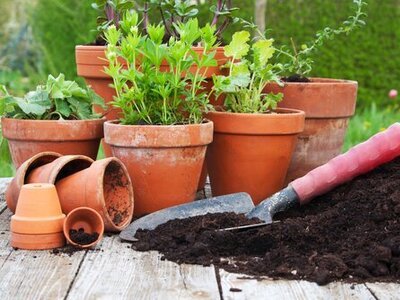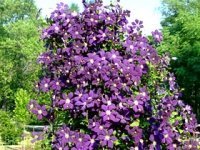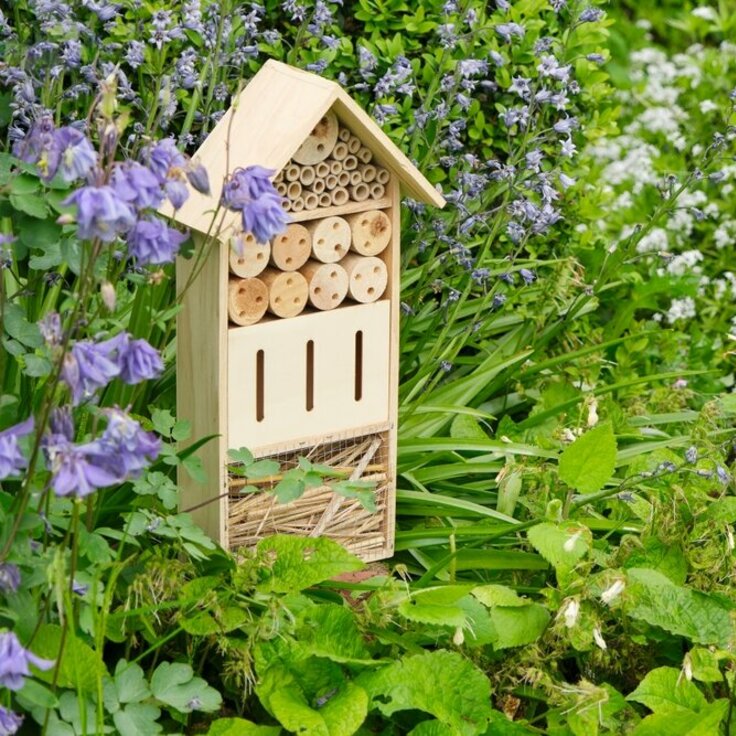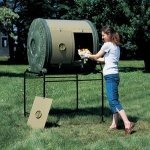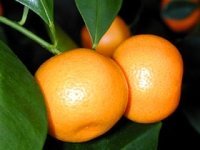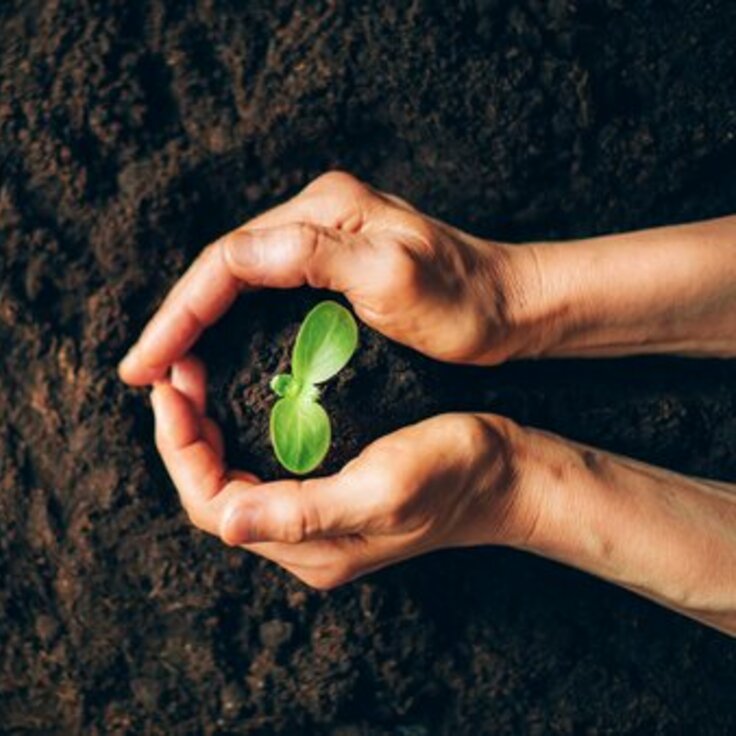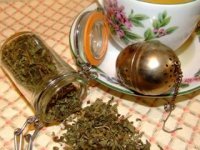The Earliest Harvest
The "rusty gate" cry of the red-winged blackbird, the throaty song of the frogs, and the buds on the daffodils all say that spring is just around the corner. What also happens at this time of year is a dry spell, perhaps before one last snowfall or seemingly never-ending rain. Usually lasting a week or so, the frozen ground first thaws, then dries out just enough to allow light tilling or spading.
There might only be one day when the soil is dry enough to work before the rains begin. But that day is just long enough to plant the earliest, hardiest vegetables. With the addition of some type of protection, such as a cold frame or plastic-covered tunnel, it won't be long before lettuce, radishes, and greens are ready to harvest.
Of course, it's best if the garden soil was worked up last fall, but even without that it shouldn't be difficult to prepare a small bed, removing the weeds, then incorporating some organic matter, fertilizer, and lime. Raised beds are particularly good for this as the soil tends to dry out more quickly. To double-check that the soil is dry enough to work, pick up a handful and squeeze it into a ball. Poke the ball with your finger. If it crumbles readily, then the soil is dry enough. If not, wait a little longer.
Provide Protection
An early-spring vegetable planting is most successful if you provide some type of protection. Many of the seed and garden supply catalogs carry various type of cold frames. The ones that provide the best protection and most longevity are made of double-walled polycarbonate. You'll usually find them with either aluminum or wood frames. Or you can find plans for making your own cold frame in books and magazines and on the Internet. A simple way to quickly construct a cold frame is by making sides out of straw bales, then laying an old window over the top. Clear plastic stretched over wire hoops to form low tunnels is another alternative.
To provide some extra protection, cover the crops inside the cold frame with a piece of the nonwoven polyester fabric designed to protect plants yet allow light to pass through it.
What to Grow
Although any of the variations on cold frames help to warm the soil, it still makes sense to grow only the hardiest crops that are able to germinate at cool soil temperatures and withstand frosts. Among the ones to consider are lettuce, radishes, arugula, kale, mustard, collards, cilantro, and spinach from seed, plus transplants of cabbage and other cole crops. In a few more weeks, peas and turnips will germinate successfully.
Read more at the Nation Gardening Association

